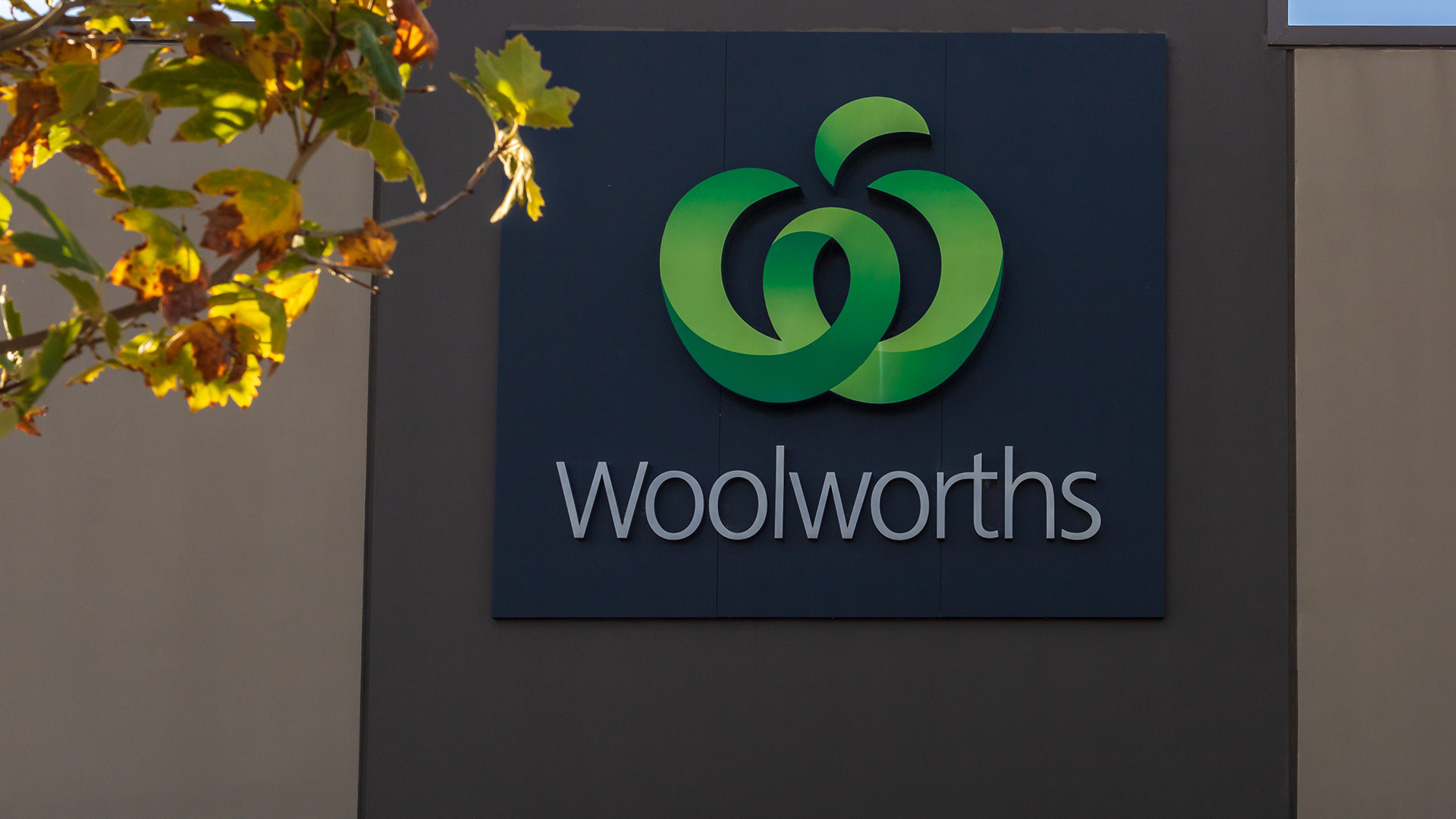
First Australia, then China’s manufacturing sector had a horror October according to survey results released yesterday.
Then overnight the US, Russia, UK and Europe produced surveys showing similar results.
All signs the slump in the respective economies is deepening.
Stockmarkets in the US and Europe fell by more than 5%, Wall Street was especially weak. Oil fell under $US50 a barrel, copper and other metals plunged, gold lost all of last week’s gains in a $US45 plunge and grains all fell.
US manufacturing contracted in November at the steepest rate in 26 years and the US economy was declared to be in recession officially, and had been since December 2007.
The Institute for Supply Management’s factory index dropped to 36.2, below economists’ forecasts, and its measure of raw- material costs plunged to the least in six decades, intensifying concern over deflation.
The report came as factory indexes in China, the UK, euro area, Australia and Russia all fell to record lows.
In the eurozone (covering the 15 nations sharing the euro) an index dropped to 35.6, the lowest since Markit Economics began the poll in 1998.
VTB Bank Europe’s index covering Russia fell to 39.8, and the Britain’s Chartered Institute of Purchasing and Supply’s factory index was at 34.4, the lowest since the survey began in January 1992.
Indexes for Poland, Hungary, Sweden and the Czech Republic also fell by record amounts as recession struck their export markets. South African manufacturing shrank at the fastest rate in at least nine years,
China’s Purchasing Managers’ Index fell to a seasonally adjusted 38.8 in November from 44.6 in October, the country’s Federation of Logistics and Purchasing said yesterday.

Export orders, output and new orders all contracted by the most since the survey began in 2005, which matches reports of slowing shipments, falling industrial production and easing new business as a housing crunch drags activity in other parts of the economy lower and the global slumps hits the external sector.
In Australia the Performance of Manufacturing Index from the Australian Industry Group/Price WaterhouseCoopers was bad news.
A sixth successive monthly decline in November, this time to the all time low of 32.7% from 40.4% in October. The November figure was the lowest since this measure started back in 1992.
The US Business Cycle Dating Committee of the National Bureau of Economic Research said overnight Monday that the US economy went into recession in December of last year.
The Chinese reading was bad news: it shows the gathering shape of the slowdown. Indexes measuring the service sectors of major economies are due for release later in the week and won’t make nice reading.
China last month announced a $US586 billion stimulus package and the biggest interest rate cut in 11 years to revive the economy and counter the risk of spiraling unemployment and social unrest.
We will get another 1% rate cut today from the Reserve Bank, if forecasts from market economists are right. The PMI for Australia increased the chances of the largest possible cut.
China’s export orders declined to 29 in November from 41.4 in October, the survey showed.
The output index fell to 35.5 from 44.3, while the index of new orders dropped to 32.3 from 41.7. All huge falls and suggesting that the economy slowed sharply in the past four weeks.
(A reading above 50 reflects an expansion, below 50 a contraction).
Chinese growth was 9% in the third quarter from a year earlier, the slowest since 2003. This quarter, growth may cool to 4%, according to JPMorgan Chase & Co and 8% from the Government.
The World Bank last week dropped its 2009 growth forecast for China to 7.5% from a 9.2% estimate in June. That would be the weakest since 1990.
In Australia new orders dropped by 14.4 points to 24.5 points in November, also an all-time low, with food, beverages, textiles, clothing and construction materials among the hardest hit.
Employment also dropped to 33.2 from 37.6 in October, a pointer to a set of bad employment figures next week?
And from South Korea, bad news on exports.
Figures out yesterday show that South Korean exports fell sharply in November compared to a year earlier, falling a massive 18.3% in the month, to $US29.26 billion compared with November, 2007.
It was the largest fall in percentage terms since December 2001.
Imports fell 14.6 percent to $US28.96 billion last month, resulting in a trade surplus of $US297 million.
The Government said ship exports surged 34.7% in November, but other major export items dropped by double digits with car parts and petrochemicals off 30.8 % and 36.6% and general machinery down 24.4%.
Just as the October credit figures on Friday from the Reserve Bank lifted the chances of a big rate cut later today so yesterday’s business indicators from the Australian Bureau of Statistics have, if anything, increased the chances even more.
A cut of 1% is now a very strong chance.
The Business Indicators for the September quarter came in around what the likes of Goldman Sachs JBWere suggested they might be; a bit misleading but strong hints of the sluggish domestic economy.
And that’s what the Reserve Bank has been worrying about. The survey on activity in the manufacturing sector was gloomier, which will suit the RBA’s intentions.
Goldman Sachs said in a preview yesterday morning: "We expect the September quarter Business Indicators report to highlight the speed of the slowdo













